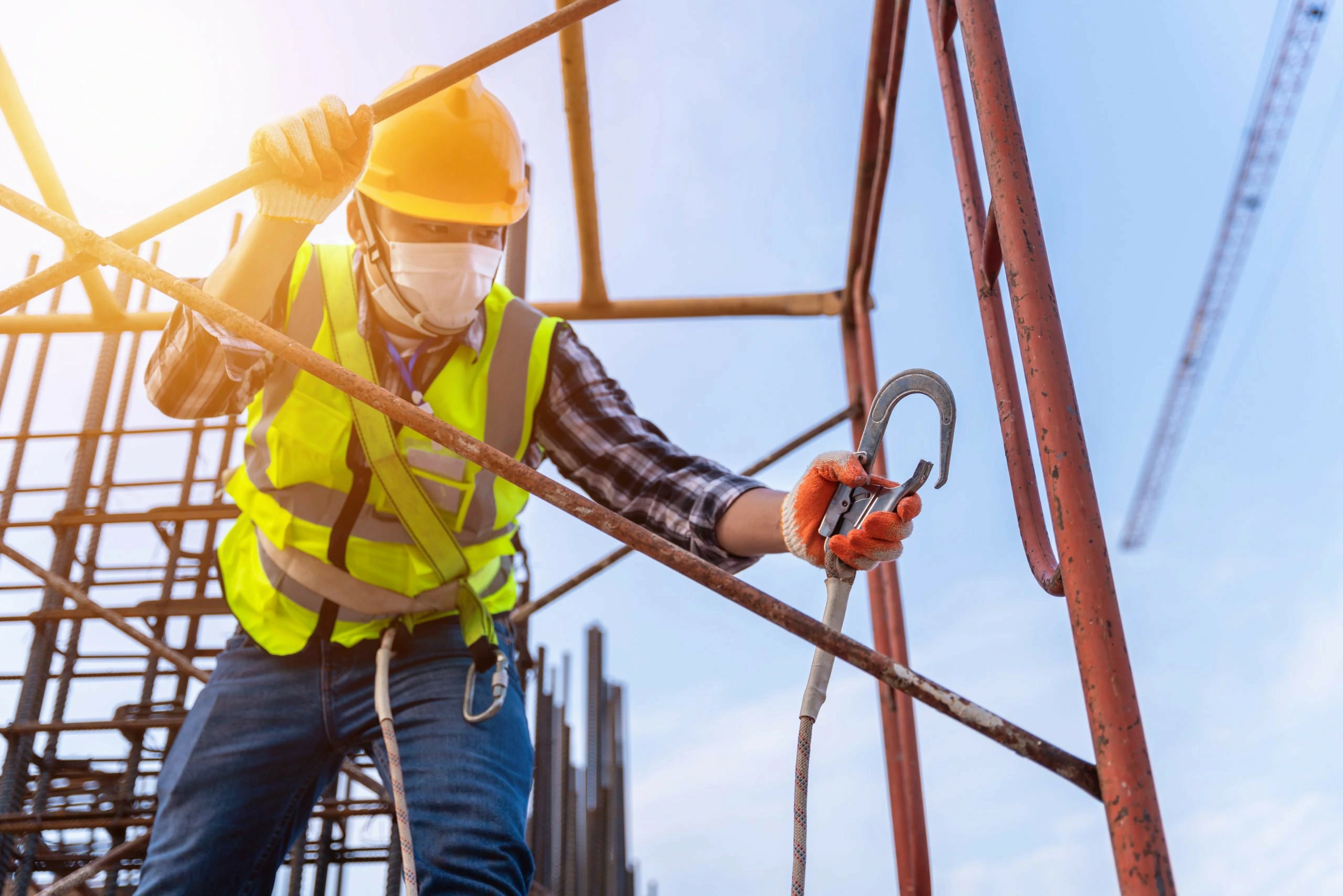Elevating Safety Standards: The Revolutionary Innovations in Working at Heights Equipment
In the world of occupational safety, particularly in the domain of Working at Heights, innovation is paramount. The risks associated with working at elevated levels demand continuous advancements in safety equipment and training methodologies. With a focus on reducing workplace accidents and enhancing compliance, the latest innovations in harness technology, self-retracting lifelines, and virtual reality (VR) training simulations are setting new safety standards.
Recent Innovations in Harness Technology
The evolution of harness technology is central to improving the safety of employees working at heights. Modern harnesses are not only designed for comfort but also incorporate advanced materials and features that ensure maximum protection and functionality.
- Lightweight and Breathable Materials: New harness designs utilize lightweight, durable materials that reduce fatigue and increase comfort during extended wear. Breathable fabrics further enhance user experience, allowing for longer work shifts without discomfort.
- Integrated Fall Indicator Systems: Many contemporary harnesses now come equipped with built-in fall indicator systems. These devices visually signal when a fall has occurred, aiding in swift rescue operations and ensuring prompt medical attention.
- Adjustable Fit Mechanisms: Innovations in harness technology have led to improved adjustability, ensuring a snug and secure fit for various body types. This flexibility minimizes the risk of harness-related injuries and enhances overall safety.
- Smart Technology Integration: Some advanced harnesses incorporate smart technology that monitors wear and tear, alerting users and safety managers when maintenance is required. This predictive approach helps in prolonging the lifespan of the equipment and maintains safety standards.
Self-Retracting Lifelines: Enhancing Fall Protection
Self-retracting lifelines (SRLs) have undergone significant improvements, offering enhanced safety features and user-friendly functionalities. These lifelines play a crucial role in preventing falls and safeguarding workers at heights.
- Automatic Locking Mechanisms: New SRLs are equipped with automatic locking mechanisms that react instantaneously to abrupt movements, preventing falls in real-time.
- 360-Degree Rotation: Modern lifelines offer 360-degree rotation capabilities, allowing workers to move freely without the risk of entanglement. This feature significantly increases mobility and reduces fatigue.
- Load Capacity Enhancements: Enhanced load capacity is another key development, allowing SRLs to accommodate more significant weights without compromising safety. These improvements ensure compliance with higher safety regulations.
Transforming Safety Training with Virtual Reality Simulations
The introduction of virtual reality (VR) technology has revolutionized how Working at Heights Training is conducted. VR offers immersive training experiences that significantly enhance learning outcomes.
- Realistic Scenarios: VR training simulates real-life scenarios that workers may encounter on the job. This immersive experience helps workers understand the importance of safety protocols and prepares them for actual situations in a controlled environment.
- Assessment and Feedback: Participants can receive immediate feedback on their performance during VR training sessions, allowing for targeted improvement. This feature enhances knowledge retention and practical skills application.
- Remote Training Capabilities: Online Working at Heights Courses utilizing VR technology can reach employees regardless of their location, making safety training accessible to a broader audience.
Industry Insights: The Impact of Innovations on Workplace Safety
The implementation of these innovations in safety equipment and training not only improves compliance with safety regulations but also fosters a culture of safety within organizations. Here are some key industry insights:
- Reduction in Workplace Accidents: Statistics indicate that organizations adopting the latest safety technologies and training practices experience a marked reduction in workplace accidents and injuries.
- Increased Employee Confidence: Employees equipped with advanced safety gear and comprehensive training report higher levels of confidence, leading to increased productivity and morale.
- Cost Savings: Investing in better equipment and training can lead to long-term cost savings by reducing accident-related expenses, insurance premiums, and downtime.
Conclusion: Embracing the Future of Safety
As the landscape of workplace safety continues to evolve, it is essential for businesses to stay ahead of the trends in Working at Heights Safety equipment and training methodologies. By adopting the latest innovations, organizations not only comply with safety regulations but also secure their most valuable asset: their workers.
Investing in certified training, like the Working at Heights Course, is a critical step in fostering a safe working environment. For more information or to enroll in a comprehensive safety course, reach out to us at [email protected].



 349,500 Offered Certificates
349,500 Offered Certificates
 24/7 Online Training
24/7 Online Training
 Money Back Guarantee
Money Back Guarantee
 Fully Accredited Courses
Fully Accredited Courses
